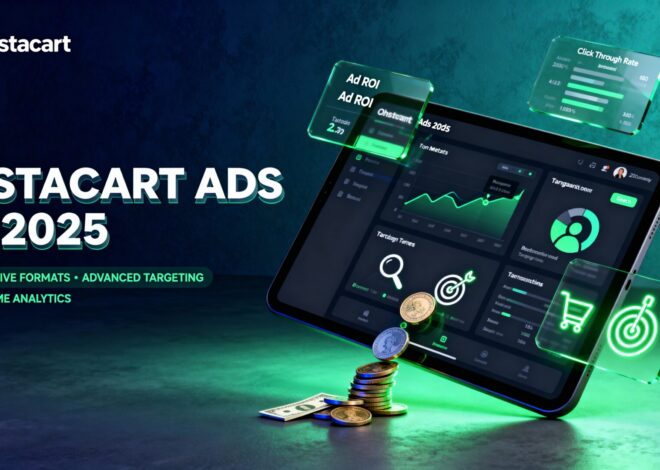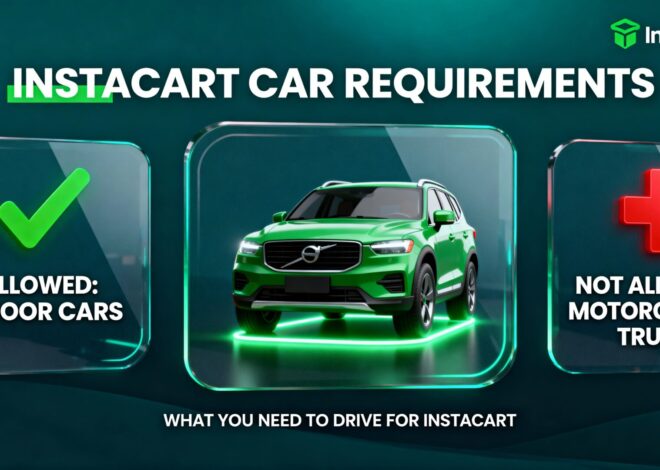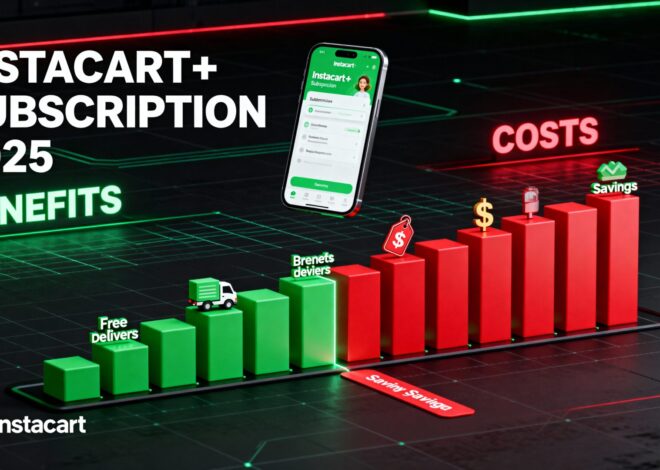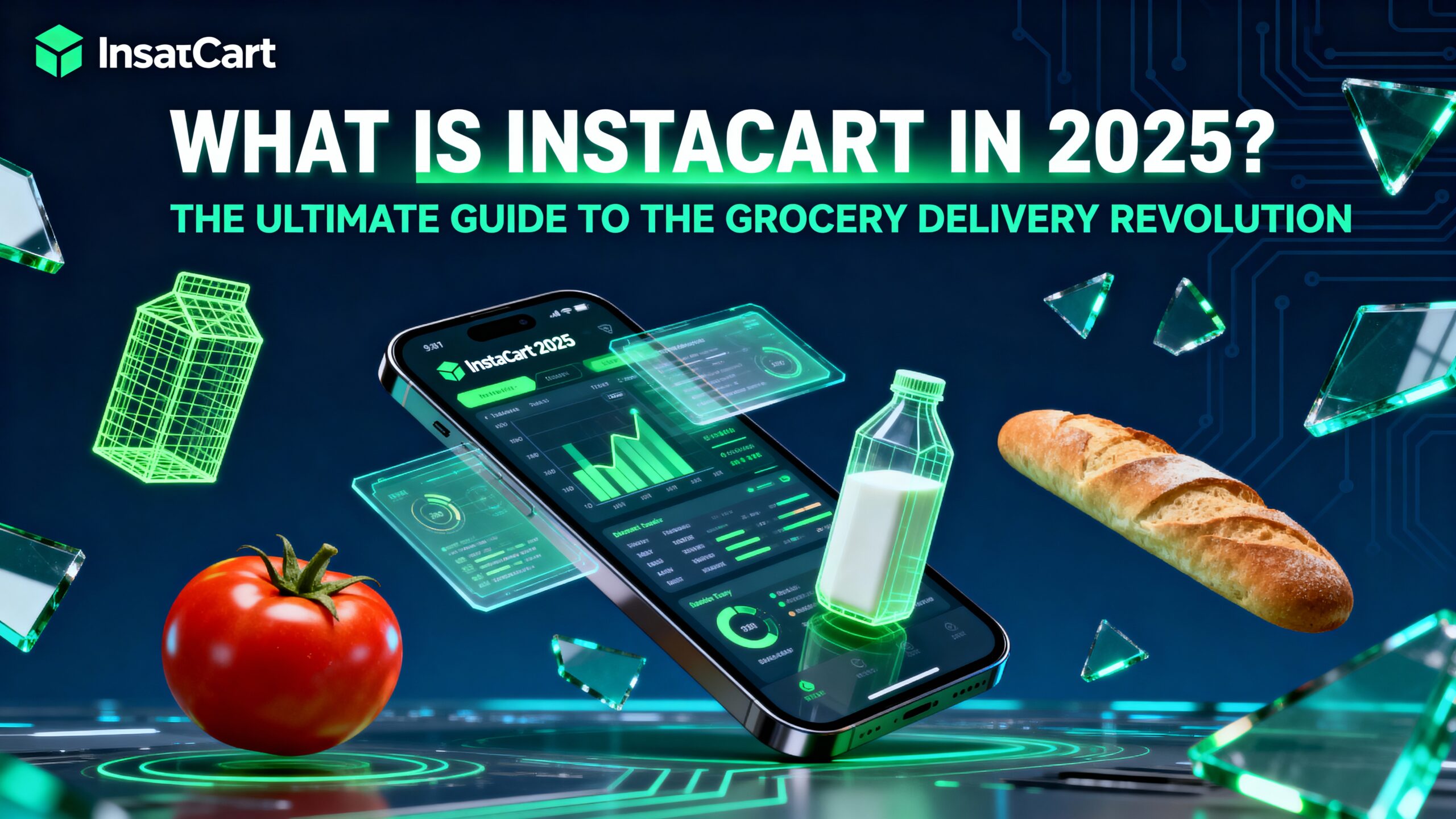
What Is Instacart in 2025? The Ultimate Guide to the Grocery Delivery Revolution
In an era where convenience reigns supreme and AI shapes our daily routines, Instacart stands as a beacon of modern grocery shopping. Founded over a decade ago, this platform has evolved from a simple delivery app into a multifaceted ecosystem that connects millions of customers with local stores, independent shoppers, and cutting-edge tech. But what exactly is Instacart in 2025? Whether you’re a first-time user pondering your next order or a curious observer of the gig economy, this comprehensive guide unpacks everything—from its origins and inner workings to its latest innovations and societal impact. Drawing on official data, user stories from X, and industry insights, we’ll explore how Instacart is redefining errands in a post-pandemic world. By the end, you’ll see why it’s more than just an app—it’s a grocery revolution.
As of September 28, 2025, Instacart processes billions in transactions annually, partners with over 1,500 retailers, and serves 98% of U.S. households. Yet, amid economic shifts and tech advancements, it’s adapting with AI personalization and health-focused tools. Let’s dive in.
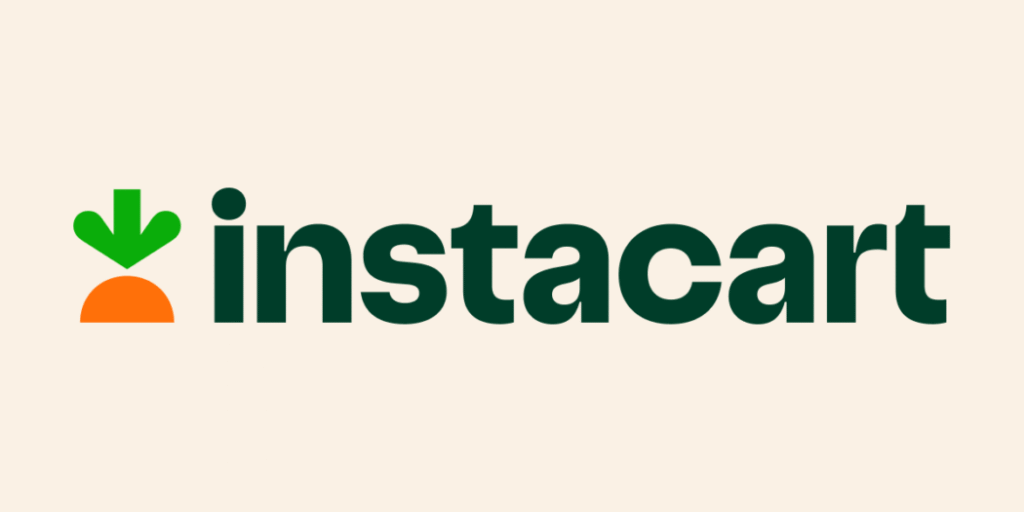
The Origins: How Instacart Was Born and Grew into a Giant
Instacart’s story begins in 2012, amid the rise of the sharing economy. Founded by Apoorva Mehta, a former Amazon supply chain engineer, the idea sparked from his personal frustration: running out of groceries without easy access to a store. Born in India and raised in Canada, Mehta drew inspiration from his bus rides to markets as a kid. He pitched the concept to Y Combinator after missing the deadline—famously securing a spot by delivering beer via a prototype app. Joined by co-founders Max Mullen and Brandon Leonardo, Instacart launched in San Francisco, allowing users to order from local stores like Whole Foods for same-day delivery.
Early growth was explosive. By 2013, it added alcohol delivery (where legal) and launched Instacart Express, a subscription for unlimited deliveries. Expansion hit Canada in 2017, starting in Toronto and Vancouver, and by 2018, it covered 11 markets there. The COVID-19 pandemic in 2020 supercharged demand: Instacart onboarded 300,000 new shoppers in weeks, implemented contactless options, and partnered with retailers like Walmart for pilots in cities like Los Angeles.
Key milestones define its trajectory:
- 2018 Acquisition of Unata: A $65 million deal for Toronto-based e-commerce tech.
- 2020-2021 Valuation Peak: Hit $39 billion amid pandemic surges.
- 2021 Leadership Shift: Fidji Simo became CEO, focusing on tech integrations.
- 2023 IPO: Went public on NASDAQ as CART, raising $660 million at a $10 billion valuation. Mehta departed post-IPO.
- 2024-2025 Expansions: Partnered with Uber Eats for restaurant crossovers, New York Times Cooking for shoppable recipes, and launched AI tools like Smart Shop.
By 2025, under new CEO Chris Rogers (appointed May 2025, effective August), Instacart boasts $8 billion in quarterly gross transaction value (GTV), up 15% year-over-year, with nearly one billion orders and 20 billion items delivered since inception. It now reaches 100,000 stores, including 7,500 CPG brands and alcohol from 23,000 locations. SNAP/EBT access covers 98% of eligible households across all 50 states.
User anecdotes on X highlight its cultural footprint. For instance, @18kiwis echoed a common sentiment: “the is what i tell myself when i see my instacart receipt (it works)”—justifying the convenience despite costs.
How Instacart Works: A Step-by-Step Breakdown for Customers
At its core, Instacart is an on-demand grocery marketplace. Customers use the app or website to browse inventories from partnered stores, add items to a virtual cart, and schedule delivery or pickup. Personal shoppers—independent contractors—handle the rest.

The Customer Journey
- Sign Up and Browse: Download the app (iOS/Android) or visit instacart.com. Enter your zip code to see available stores like Costco, Aldi, or Kroger. Browse categories, search products, or use AI features like Smart Shop for personalized recommendations based on dietary preferences (e.g., gluten-free, vegan).
- Build Your Cart: Add items; the app shows real-time availability and prices (often marked up 15-50%). Multi-store shopping is possible, but each has separate carts and fees.
- Checkout and Schedule: Choose delivery (same-day, express) or pickup. Fees include delivery ($3.99+), service (5-10%), and tips (recommended 10-20%). Instacart+ members ($99/year) get free delivery on $10+ orders.
- Shopper Assignment: An algorithm matches your order to a nearby shopper, who picks items, communicates via chat for substitutions, and delivers.
- Delivery and Feedback: Groceries arrive; rate the experience to influence shopper ratings.
In 2025, features like shoppable recipes (integrated with TikTok, Hearst) let you order ingredients directly from meal ideas. Health tools, like Instacart Health, enable provider-recommended carts for nutrition plans.
X user @KiwiOnTheSticks shared a mishap: “A man named John shopped my groceries today. 13 things (out of 20) were refunded and he delivered them to someone else’s garage.” Such stories underscore the human element.
Fees and Costs Table
| Element | Description | Typical Cost (2025) |
|---|---|---|
| Delivery Fee | Base for non-members | $3.99-$9.99 (distance-based) |
| Service Fee | Operational charge | 5-10% of subtotal |
| Priority Fee | For small orders | $2-4 (waived for + members on $10+) |
| Tips | Recommended for shoppers | 10-20% |
| Markups | Item price inflation | 15-50% over in-store |
| Instacart+ | Annual subscription | $99 (free delivery perks) |
Pro Tip: Use “in-store prices” toggle to compare and stack retailer coupons for savings.
How Instacart Works for Shoppers: The Gig Side
For shoppers (gig workers), Instacart is a flexible income source. Sign up via the Shopper app: Pass a background check, provide vehicle details, and start accepting “batches” (orders).
Shopper Workflow
- Log In and View Batches: See available orders with estimated pay, distance, and items. Accept based on previews.
- Shop the Order: Head to the store, scan items with the app, handle substitutions via customer chat.
- Checkout and Deliver: Pay with Instacart’s debit card, bag items, and deliver to the address.
- Get Paid: Base pay ($4-10/batch) plus tips and bonuses. 2025’s Rewards Card offers gas cashback.
Earnings average $15-26/hour, but volatile. X’s @IndyCarChick noted the challenges: “it’s highly possible she works 40 hrs full time and still has to Instacart groceries to afford life.”
Tiers like Diamond (high ratings) unlock perks.
Shopper Earnings Table (2025 Estimates)
| Factor | Low | Average | High |
|---|---|---|---|
| Base Pay/Batch | $4-6 | $7-8 | $9-10 |
| Tips/Order | $2-5 | $6-10 | $12+ |
| Hourly Gross | $10-14 | $16-22 | $25+ |
| Net (After Expenses) | $8-11 | $13-18 | $20+ |
Challenges include physical toll and algorithm biases, as per controversies like 2015 lawsuits over misclassification.
Key Features and Innovations in 2025
Instacart’s tech stack sets it apart:
- AI Smart Shop: Launched Q1 2025, suggests alternatives based on nutrition or preferences.
- Instacart Platform: B2B tools for retailers, including ads and inventory AI.
- Health Integrations: Care Carts for medical pros; Fresh Funds for benefits.
- Eco Options: Reusable bags, emissions tracking.
- Acquisitions Boost: Caper AI for smart carts, Eversight for pricing.
X developer @JakwounReid is building “Gig Dash” for multi-app management, highlighting Instacart’s role in gigs.
Business Model: How Instacart Makes Money
Instacart’s revenue streams:
- Fees and Markups: Delivery, service, and item premiums.
- Subscriptions: Instacart+ generates recurring income.
- Advertising: Retailers pay for promotions.
- Partnerships: Commissions from stores.
- Data Insights: Selling analytics to brands.
2025 Q1 shareholder letter notes 17% order growth.
Controversies and Criticisms
Not all smooth: Lawsuits over shopper classification ($4.6M settlement 2017), pandemic strikes for PPE, and 2021 layoffs of 2,000 unionized workers. X’s @Sajie87 quipped on shopper inexperience: “male instacart shoppers have never shopped for groceries until they got their instacart job.”
Instacart vs. Competitors: Where It Fits
| Platform | Key Strength | Coverage | Unique Feature |
|---|---|---|---|
| Instacart | Variety (1,500+ stores) | 99% U.S. | AI personalization |
| DoorDash | Speed/Food integration | Urban focus | DashPass |
| Shipt | Quality shoppers | Target-heavy | Membership tips |
| Amazon Fresh | Prime seamless | Prime users | Drone trials |
| Walmart+ | Budget options | Nationwide | Unlimited delivery |
Future of Instacart: 2026 and Beyond
With Rogers at helm, expect deeper AI, drone partnerships, and global pushes. Automation may shift shopper roles, but human touch remains key.
Final Thoughts: Instacart Demystified
Instacart in 2025 is a powerhouse blending tech, convenience, and community. For customers, it’s time-saving magic; for shoppers, flexible opportunity amid challenges. As @zek on X put it: “order your groceries. saves an extra 1-2 hours a week.” Ready to try? Download and see.
What’s your Instacart story? Comment below—subscribe for more delivery deep dives.

